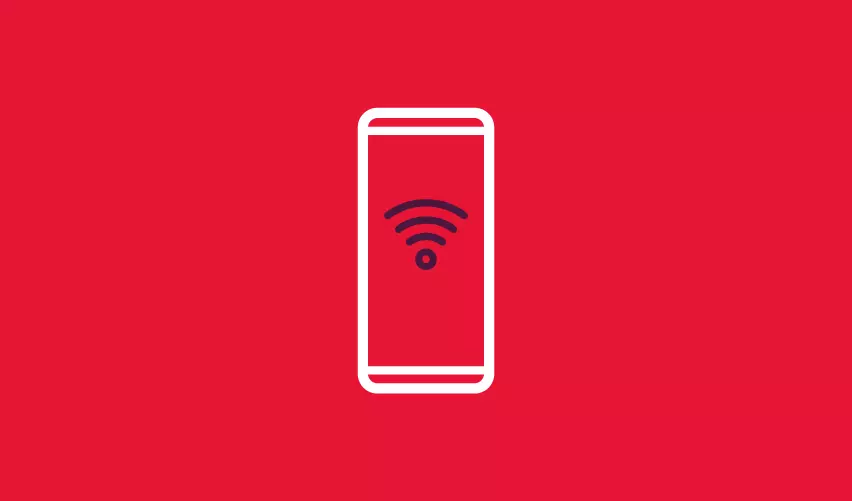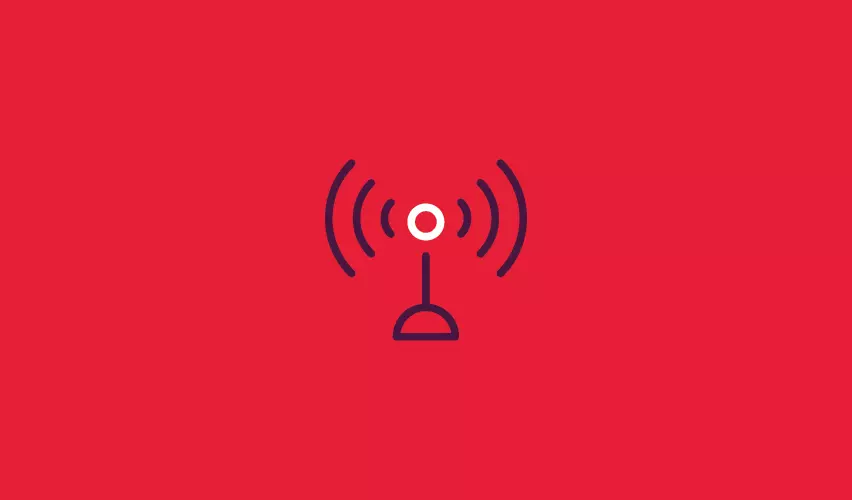Featured Posts
In this second installment of Wiley’s series on fraud and scam prevention, we focus on the Federal Communications Commission’s (FCC) continued regulatory and enforcement efforts on illegal and unwanted robocalls. Since Congress passed the Telephone Robocall Abuse Criminal Enforcement and Deterrence (TRACED) Act in 2019, the agency has issued numerous rulemakings and orders and adopted a series of regulations aimed at mitigating such calls.
The many obligations placed on voice providers throughout the call path generally fall into two categories: (1) robocall mitigation; and (2) call authentication. To date, the FCC’s regulatory obligations include requirements for voice service providers to implement the STIR/SHAKEN call authentication framework to verify caller ID information for calls carried over Internet Protocol (IP) networks, mandatory and permissive blocking frameworks, and the filing of certifications in the FCC’s Robocall Mitigation Database (RMD), which must include detailed Robocall Mitigation Plans (RMPs) describing voice providers’ efforts to prevent illegal robocalls. The FCC’s scrutiny and regulation in this area continues to expand, and voice providers throughout the call path must ensure they are in compliance with the agency’s complex regulatory framework. An overview of just some of these obligations is provided below.
Subscribe to receive the latest updates from Wiley Connect












